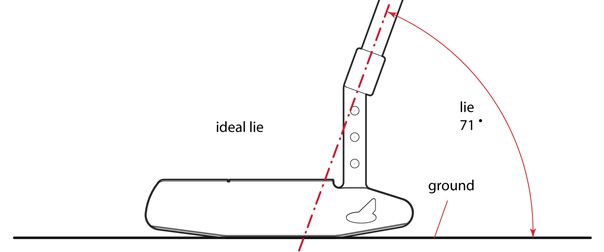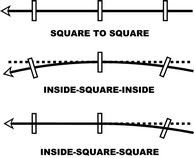Golfwolf
New member
Arc.
Everyone arc's to some extent, a TRUE "SBST" stroke is practically physiologically impossible. The amount of arc can be great or small, but rest assured its there.
Arc. You cant really swing something around a fixed point in a straight line. The only way you can really do SBST is with some manipulation, which is going to make it very difficult to be consistent.
!00% agree with the above, SBST is not really possible without manipulation except on very short putts. I have a slight arc stroke, work on rocking your shoulders as others have stated.






